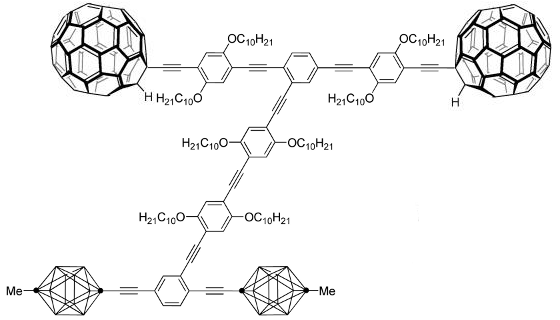
Do Nano-Machines Work
I Wonder How...

1004 views
0 likes
You will need to sign in before you can comment or like.
Synthetic micro- and nanomotors (MNMs), also known as nanomachines
, belong to a growing topic of the interdisciplinary sciences.
The idea of a micromachine was firstly proposed by Richard Feynman (based on his student Alber Hibbs idea) in his famous talk There is Plenty of Room at the Bottom
delivered in 1959, where he outlined a vision for the field called nanotechnology.

He imagined that development in the field could allow us to arrange atoms the way we want. This idea soon inspired several science fiction novels and movies, the most famous being the film Fantastic Voyage
in 1966 that presented a visionary concept of miniaturizing devices down to the microscopic size for achieving incredible tasks. The plot of the movie was based on the miniaturization of a submarine crew comprised of a team of scientists, who were shrunk to the microscopic size and later injected into the blood stream of an injured scientist to treat a damage in his brain. The film portrayed a nanomachine that can operate in the human body.
About sixty years later, miniaturization of macroscopic objects is no more of a fantasy; the world has witnessed a significant progress in the development of tiny synthetic MNMs.
The potential of this field was acknowledged by the award of a Nobel Prize 2016 in Chemistry to Jean-Pierre Sauvage, Sir James Fraser Stoddart and Bernard L. Feringa, for their pioneering work on the development of molecular machines.
Nanomachines have the highest potential in the medical field: they are being developed to be used in DNA gene editing, active drug delivery (for selective elimination of cancerous cells), water remediation and controlled manipulation of matter at the scale of less than 1 micrometer. At this scale, ordinary optical microscopes fail to work; special microscopes called electron microscopes are used to view molecules at this size.
Using and building biomolecules that function like the common ATP molecule (used as a power source in living cells) can solve the problem of a nanorobot's power supply for good.
Other than that, external magnetic field, light irradiation, are other methods that can also be employed to initiate movement.


The Nanocar
Editor's desk
Behold the world's smallest car - made out of single organic molecule. Sporting four C-60 football-like Buckminsterfullerene spheres as its wheels, it moves onto a strip of fine layer of gold heated to 200 degrees Celsius. Originally thought to be an implausible idea, the nanocar was assembled James Tour and his team at Rice University using the fine tip of a scanning tunneling microscope. Another model, the nano-dragster was synthesized with its front wheels made out of p-carbonane instead. With size just a few nanometers in width, the nano-dragster travels its own length every second, at the optimum temperature. Contrary to its predecessor, it's front wheels slide on the surface rather than roll over it. Nano-models with bio-molecules as power sources are expected to be developed in the coming years.
Comments